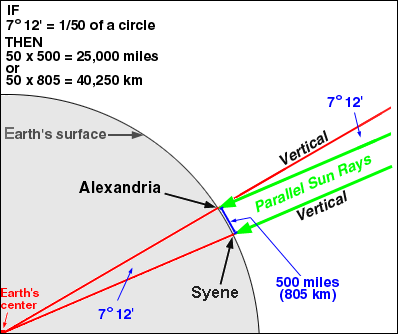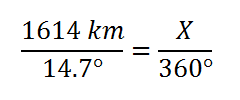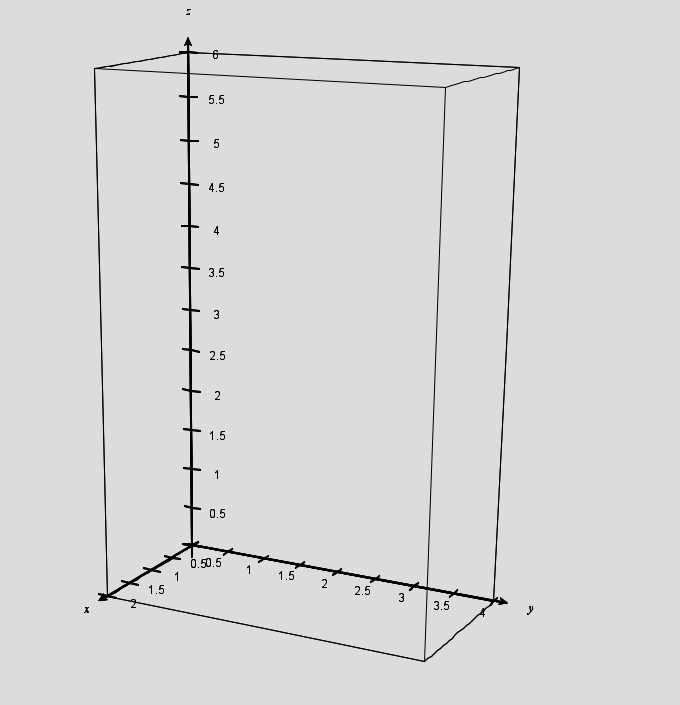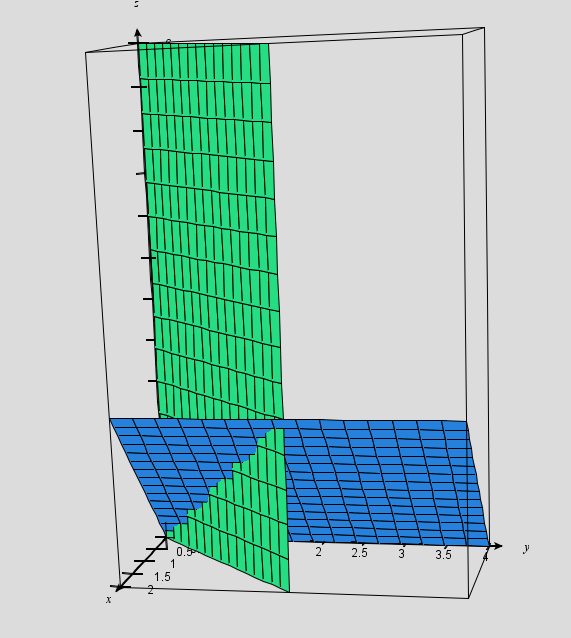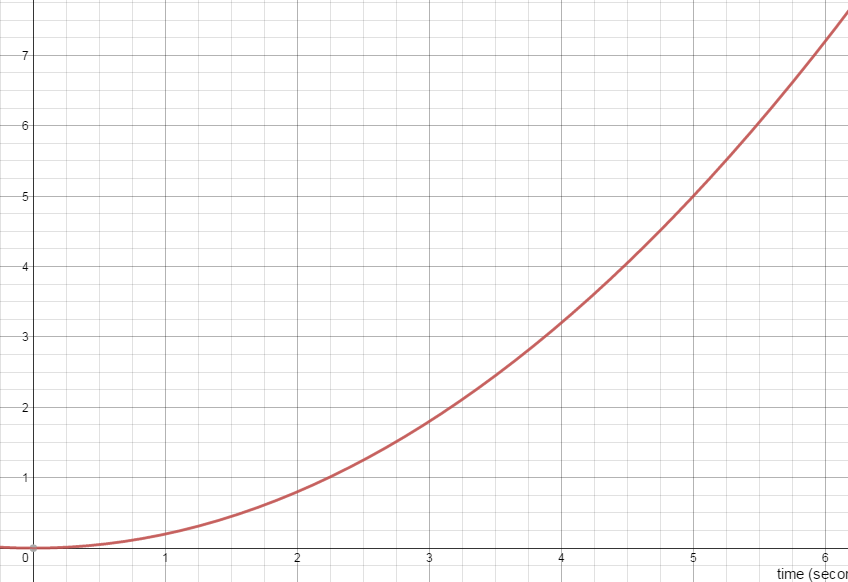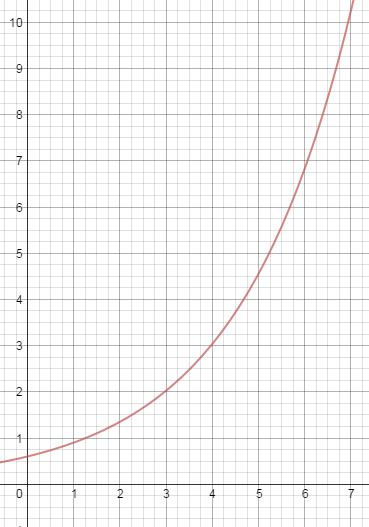Sometimes in physics, we need to add up lots of little things. In fact, an infinite number of infinitesimally small things. When faced with this challenge, we use a method that takes advantage of a theorem so helpful and so concise that it feels like magic.
But the way we do this is really quite subtle. You could master the method in math class and then still have trouble making the jump to using the method in physics class. So in these next blog posts, I want to sort this out, even if just to help me organize my teaching.
Overview
Part I introduces the idea of an “anti-derivative” and it’s notation. It also introduces a similar-and-yet-oh-so-different notation for area. It turns out that when we talk about “integrating”, there are two different but related ideas that we might be referring to. And we casually jump back and forth between them in a way that could easily blur the distinction. So in this post, I try to at least make the distinction clear again.
Part II explains the connection between finding areas and finding anti-derivatives. Essentially, this post introduces the Fundamental Theorem of Calculus (or Magic Theorem) which gives us an easy way to find areas. Part II closes by raising the question, “Why do we care so much about finding area in physics?”
Part III steps back and discusses Riemann Sums. This is the method we would have to use to find area if we did not have the Magic Theorem. We won’t actually use this method, but we need to understand what the method does if we are going to understand “integrating” in physics.
Part IV revisits the question of finding displacement when velocity varies as a function of time. So we will see one reason to find area (or integrate) in physics.
Part V (the last, I hope) will demonstrate how we use these area-finding methods whenever we need to add up a bunch of tiny little pieces.
OK, here we go…
Part I: “Integrals” — One word, Two meanings
If you have learned a little bit of calculus, even just by working your way through these Summer Reading posts, then at this point, you know how to find “derivatives” for a nice collection of reasonable functions. Nothing too crazy or exotic — just the kinds of functions that you will meet early in AP Physics C. And you also know why we find derivatives: derivatives are slope-finding formulas.
For example:
Velocity is the rate of change of position with respect to time.
Acceleration is the rate of change of velocity with respect to time.
Force is the rate of change of momentum with respect to time.
Current is the rate of change of electric charge with respect to time.
For example, suppose you are given that an object moves so that it’s velocity as a function of time is:
v(t) = t2
You can easily find the acceleration as function of time by taking the derivative:
a(t) = v’(t) = 2t
So there are good, useful reasons for learning how to find derivatives. (In fact, let me remind you that to “optimize” a function, you usually begin by finding the derivative and then setting it equal to zero.)
CAN WE PLAY THE GAME IN REVERSE?
If I give you a function, can you find an “antiderivative”?
For example, let’s say: f(x)=x2
Can we find another function that has f(x)=x2 as its derivative? If we know the basics, finding this particular antiderivative is not that hard:
F(x)=(1/3)x3
But you don’t have to take my word — go ahead an take the derivative! You will see for yourself that the derivative of F(x)=(1/3)x3 is indeed f(x)=x2.
(But also, in this case you can see where we got this: taking a derivative lowers the power so we better raise the power by 1. Oh, and the power will come out in front as a multiplier, so we stick in a factor of 1/3 to cancel that…)
So F(x)=(1/3)x3 is an antiderivative of f(x)=x2.
But it is not the only one! Try taking the derivative of any of these:
F(x)=(1/3)x3 + 5
F(x)=(1/3)x3 – 99
F(x)=(1/3)x3 + C where C is a constant
So if you can find one antiderivative, you can find a whole family of them. Still, most times, you only need to find one.
[Caution: your math teacher will likely take off a point or two if you leave out the “…+ c” when finding an antiderivative. They are kind of obsessive about this. ]
IS IT ALWAYS THIS EASY?
Well, no. Some antiderivatives are easy to find. But others…not so much. You will spend a substantial amount of time in math class building a collection methods for finding antiderivatives for an increasing variety of functions. Some of these methods are quite subtle. You can easily start to think that this quest for antiderivatives is what it means to do calculus. But it is really just a means to a more useful end, not the main event. And in fact, there are even functions that don’t have antiderivatives whose formulas we can find!
For now, I want to make two points:
1. In our AP Physics class, the antiderivatives we need will mostly be pretty easy to find. You will be able to use “guess and check” to find them. And if they ARE hard to find, you can have a little help: your TI89s or N-Spires know how to do this. So does Wolfram Alpha.
2. Nobody would be willing to invest so much effort in finding antiderivatives unless there was something really useful about them! We will get to that soon. But first:
A NEW NOTATION
If we are going to be using antiderivatives, we should have symbols for writing them. To indicate that F(x) is the antiderivative of f(x), we write:
This is just another way of saying that F'(x) = f(x). And, in addition to calling F(x) an antiderivative, we also sometimes call it the “indefinite integral of f(x)”.
BUT WAIT…
On the other hand, there is another symbol that looks almost the same but means something completely different:
This symbol is called the “definite integral” (as opposed to “indefinite”). It is not a function at all! Just adding values at the top and bottom of that strange elongated s-shape gives the symbol a whole new meaning:
The definite integral is the area of the region bounded by the function, the x-axis and the two “limits of integration”: the vertical lines defined by x=a and x=b.
For example, here is a definite integral:
And here is the area that definite integral is referring to:
So now we have two very different ideas that have been given very similar symbols and names. It would be easy to get these two things confused…
There is the INDEFINITE INTEGRAL:
This is a FUNCTION which has f(x) as its derivative.
And then there is the DEFINITE INTEGRAL:
This is an AREA — a numeric value.
And now the big question:
Why do mathematicians use these similar names and symbols for these two very different ideas? Are they secretly related in some FUNDAMENTAL way?
That is the topic of the next post, Part II of this discussion.













